Ancho vs Pasilla: The Great Mexican Chile Showdown – Which One Should Be Your Pantry MVP?
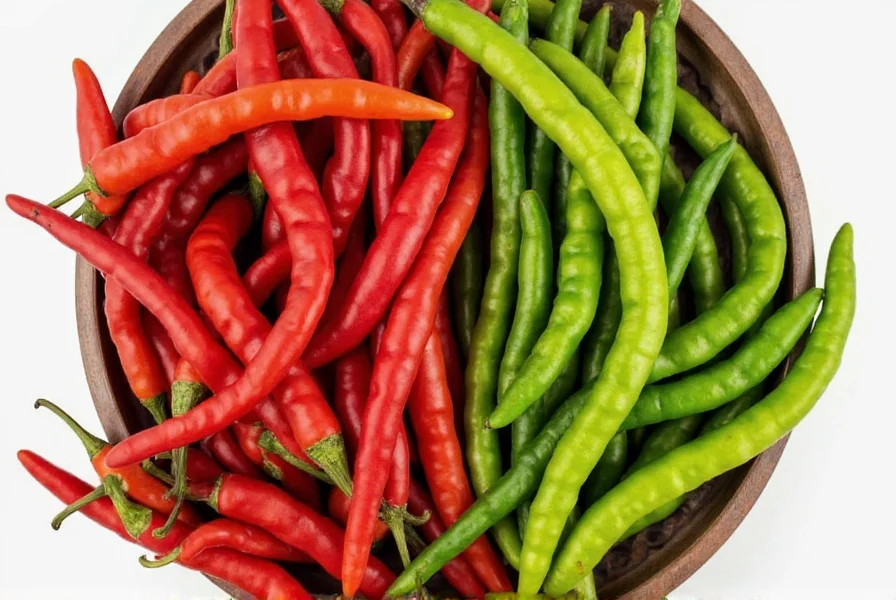
Table of Contents
- Introduction: What’s All the Fuss About?
- Ancho Chile: Sweet, Smoky, and Totally Loveable
- Pasilla Chile: The Mysterious Dark Horse
- Ancho vs Pasilla: A Side-by-Side Breakdown
- Cooking with Ancho & Pasilla: Pro Tips to Boost Flavor
- Buying Guide: How to Choose the Best Chiles for Your Kitchen
- Recipes You’ll Want to Try ASAP
- Conclusion: Pick Your Poison (or Pepper)
Introduction: What’s All the Fuss About?
If you’ve ever wandered through a Latin market or scrolled through Mexican spice blends online, you’ve probably come across two names that seem to always go hand-in-hand: ancho and pasilla. But what exactly is the difference between these two iconic dried chiles? Are they interchangeable? Do they bring different flavors to your mole or chili con carne? Let’s break it down!
This guide isn’t just about heat levels or flavor profiles. It’s about helping you understand which pepper deserves a permanent spot in your kitchen — whether you're a seasoned home cook or a spice-loving adventurer.
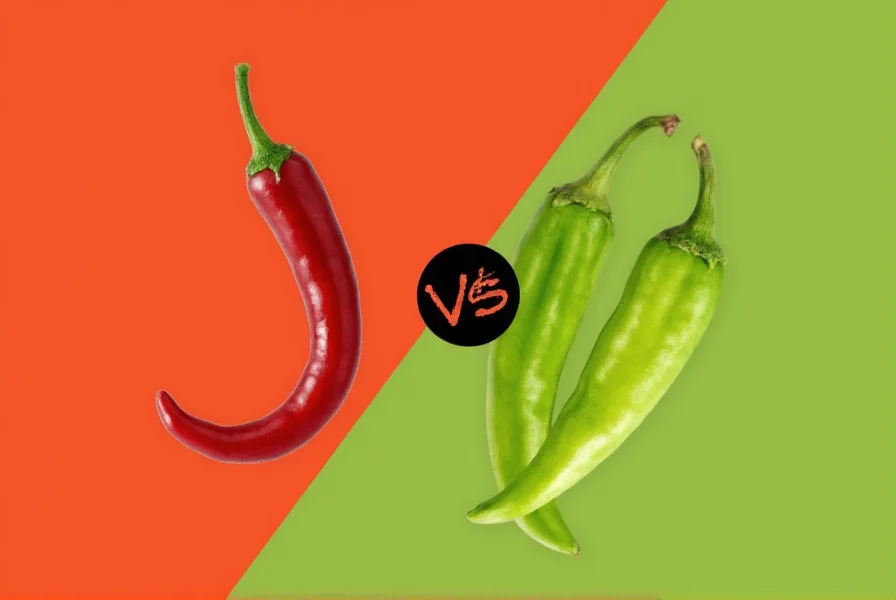
Ancho Chile: Sweet, Smoky, and Totally Loveable
The Sweetheart of the Spice Rack
The ancho chile is actually the dried version of the poblano pepper. When fresh, it’s known as poblano; once dried, it becomes ancho. And yes, “ancho” means wide — which makes perfect sense if you look at its broad, flat shape.
Flavor Profile
- Heat Level: Mild to medium (1,000–2,000 SHU)
- Taste: Deeply sweet, smoky, with hints of raisin and prune
- Texture: Soft and pliable when rehydrated
Anchos are often used in moles, stews, soups, and sauces where a rich, earthy sweetness is desired. They’re also popular in adobo pastes and marinades for meats like pork and chicken.

Pasilla Chile: The Mysterious Dark Horse
The Flavor Whisperer
Now let’s talk about the pasilla. This chile is the dried form of the chilaca pepper — a long, thin variety that turns deep brown or black when dried. While less commonly known than its cousin, the ancho, the pasilla has a cult following among chefs who love its complex flavor profile.
Flavor Profile
- Heat Level: Medium to slightly spicy (2,500–3,000 SHU)
- Taste: Earthy, smoky, with notes of cocoa and dried fruit
- Texture: Thin and brittle skin; requires soaking before use
Pasillas are often used in salsas, moles (especially Oaxacan varieties), and braised dishes where depth and complexity are key. They’re also great for blending into rubs or adding to soups for a subtle kick.
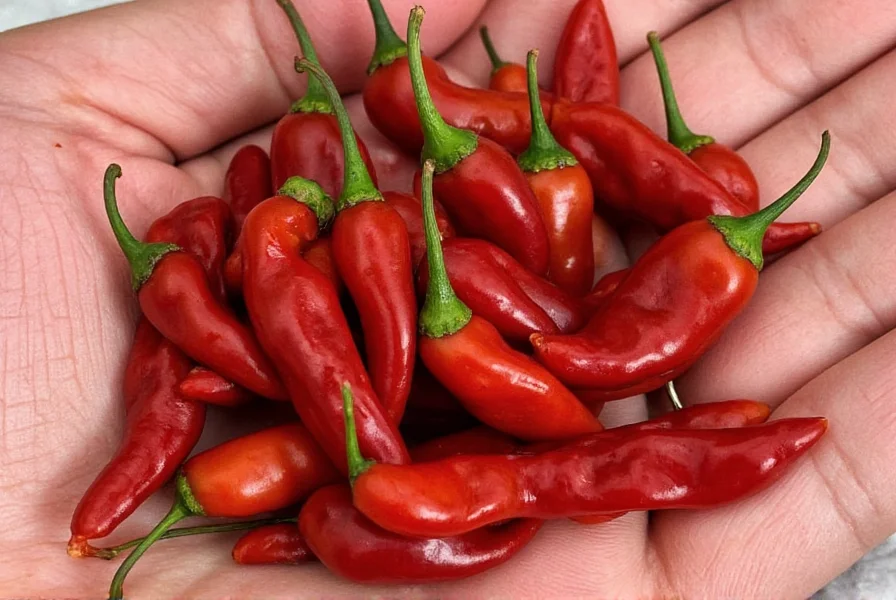
Ancho vs Pasilla: A Side-by-Side Breakdown
| Feature | Ancho Chile | Pasilla Chile |
|---|---|---|
| Origin | Dried Poblano | Dried Chilaca |
| Shape | Broad, flat | Long, narrow |
| Color | Dark red to almost black | Nearly black, very dark brown |
| Heat Level (SHU) | 1,000–2,000 | 2,500–3,000 |
| Flavor Notes | Sweet, fruity, smoky | Earthy, chocolatey, herbal |
| Common Uses | Moles, stews, adobos | Salsas, braises, rubs |
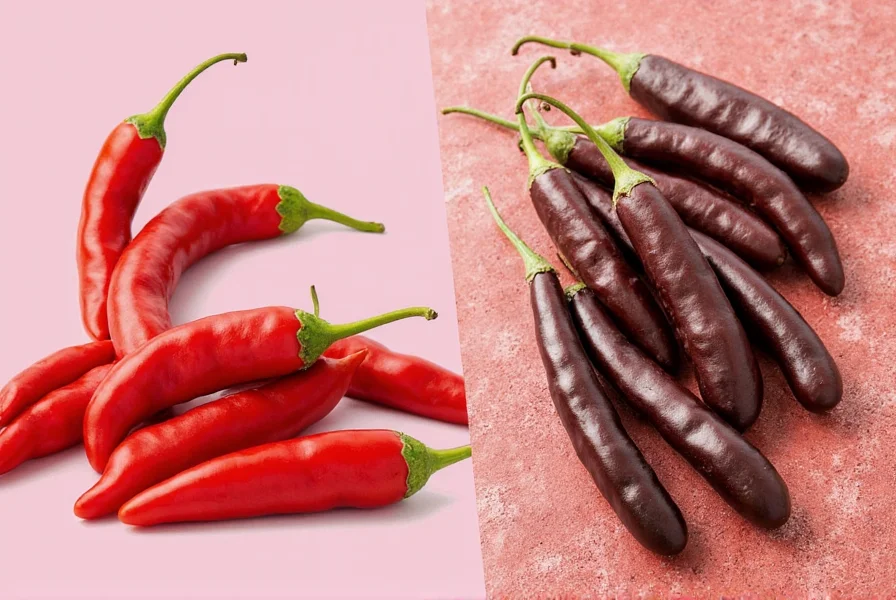
Cooking with Ancho & Pasilla: Pro Tips to Boost Flavor
Whether you’re simmering a pot of enchilada sauce or making your own homemade taco seasoning, using anchos and pasillas correctly can elevate your dish from good to unforgettable. Here are some insider tips:
- Toast Before Use: Lightly toast whole dried chiles in a dry skillet to enhance their smoky aroma. Be careful not to burn them!
- Remove Seeds for Less Heat: If you want milder flavor, remove the seeds and veins before soaking or grinding.
- Soak Smartly: Rehydrate chiles in warm water or broth for 20–30 minutes. Save the soaking liquid — it’s packed with flavor!
- Use in Blends: Combine anchos and pasillas with other dried chiles (like guajillo or mulato) for more complex sauces.
- Grind Fresh: For the best results, grind your soaked and drained chiles with garlic, spices, and vinegar to make pastes or marinades.
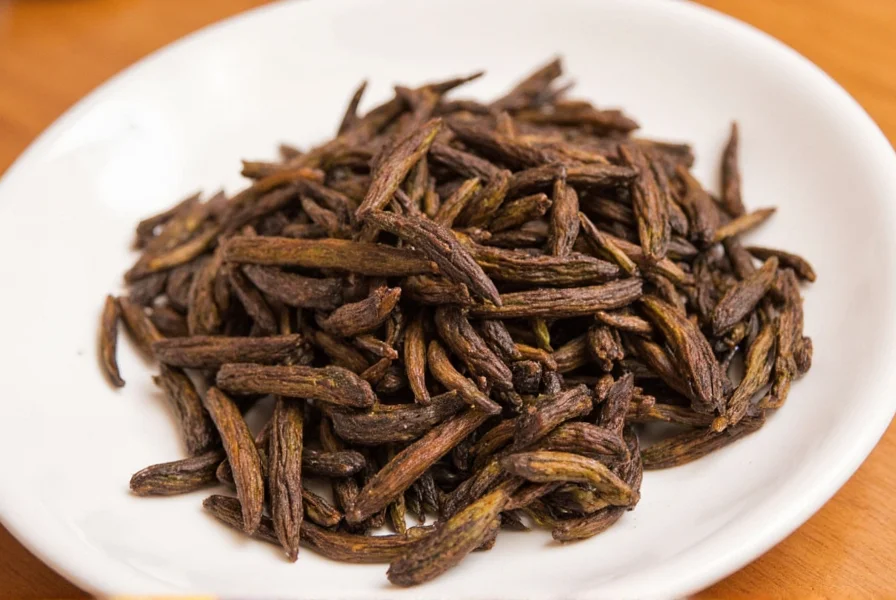
Buying Guide: How to Choose the Best Chiles for Your Kitchen
What to Look For
Not all dried chiles are created equal. Here’s how to find high-quality ones every time:
- Firmness: Look for peppers that are flexible but not brittle. Avoid those that crumble easily.
- Color: Rich, deep hues indicate freshness. Avoid faded or discolored chiles.
- Smell: High-quality chiles should have a strong, aromatic scent — not dusty or stale.
- Origin: Mexican-grown chiles are generally preferred for authentic flavor. Look for labels like "Product of Mexico."
Recommended Brands
- La Costeña: Offers consistently high-quality dried chiles in vacuum-sealed packages. Great for storage.
- Goya Foods: Widely available in supermarkets, with good quality control and clear labeling.
- El Yeyo: Known for traditional farming methods and robust flavor profiles. Often found in specialty stores.
- Don Miguel: Excellent for gourmet cooking. Their chiles are carefully selected and dried naturally under the sun.
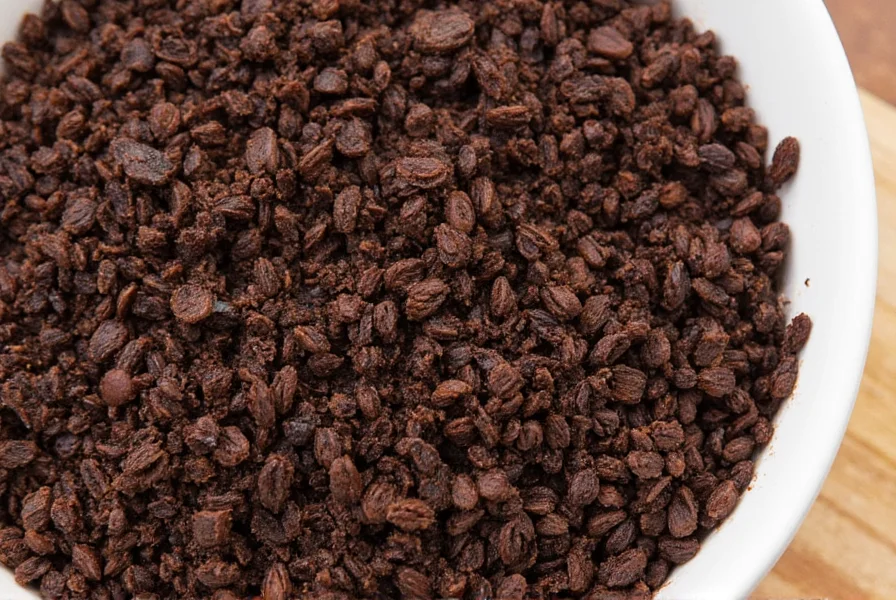
Recipes You’ll Want to Try ASAP
1. Classic Ancho Chile Mole
A rich, layered sauce perfect for drizzling over turkey, chicken, or enchiladas. Toast anchos, blend with almonds, cinnamon, and chocolate, then simmer everything into a luscious sauce.
2. Pasilla Chile Salsa
Smoky, earthy, and slightly spicy. Roast tomatoes, garlic, and pasilla chiles, then pulse into a rustic salsa that pairs perfectly with tacos or grilled meats.
3. Ancho & Pasilla Adobo Rub
Combine ground anchos and pasillas with smoked paprika, cumin, and garlic powder for a bold dry rub on ribs or grilled vegetables.
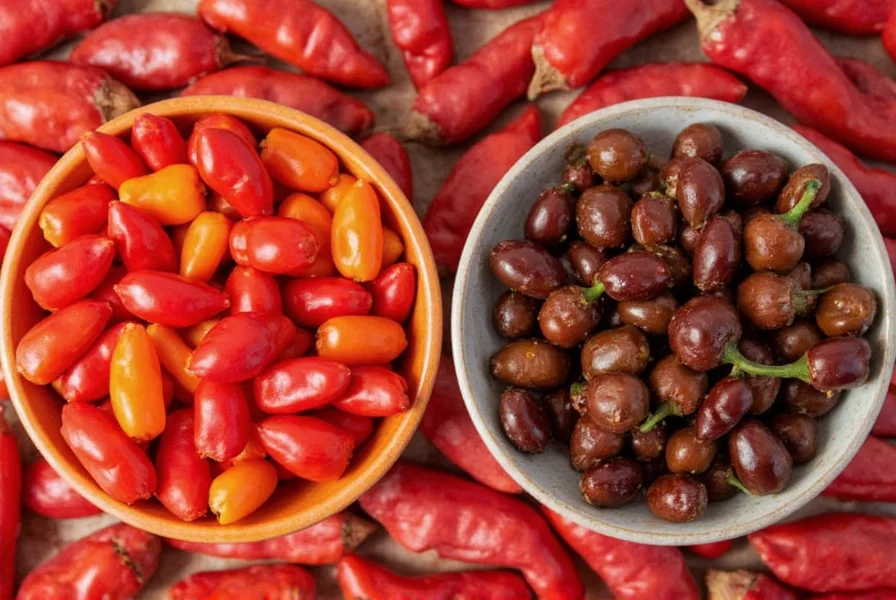
Conclusion: Pick Your Poison (or Pepper)
So, which one wins in the ancho vs pasilla showdown? Well, that depends on what you're cooking and what kind of flavor you're aiming for. If you want something sweet and deeply smoky with mild heat, reach for ancho. If you crave complexity with a touch of spice and earthiness, pasilla is your friend.
But here's the secret: you don't have to pick just one. Combining both in sauces and stews creates a beautiful balance that'll take your cooking to the next level. So stock your pantry with both, experiment, and find out which one really speaks to your taste buds.
Ready to get saucy? Happy cooking!
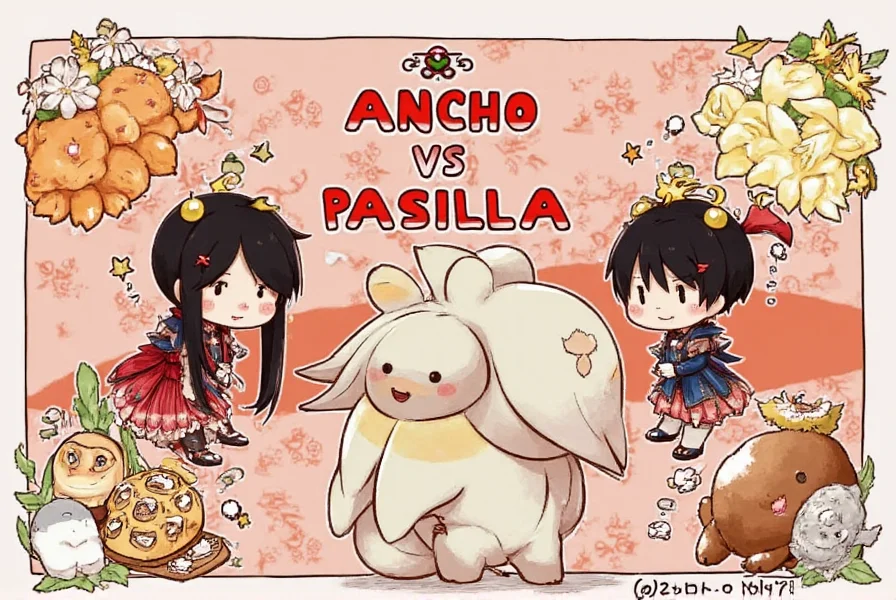

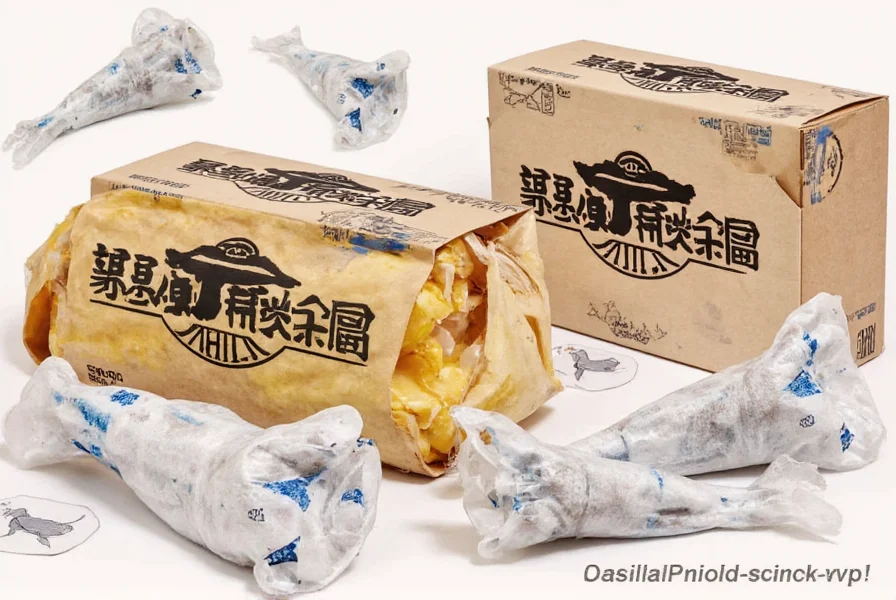









 浙公网安备
33010002000092号
浙公网安备
33010002000092号 浙B2-20120091-4
浙B2-20120091-4